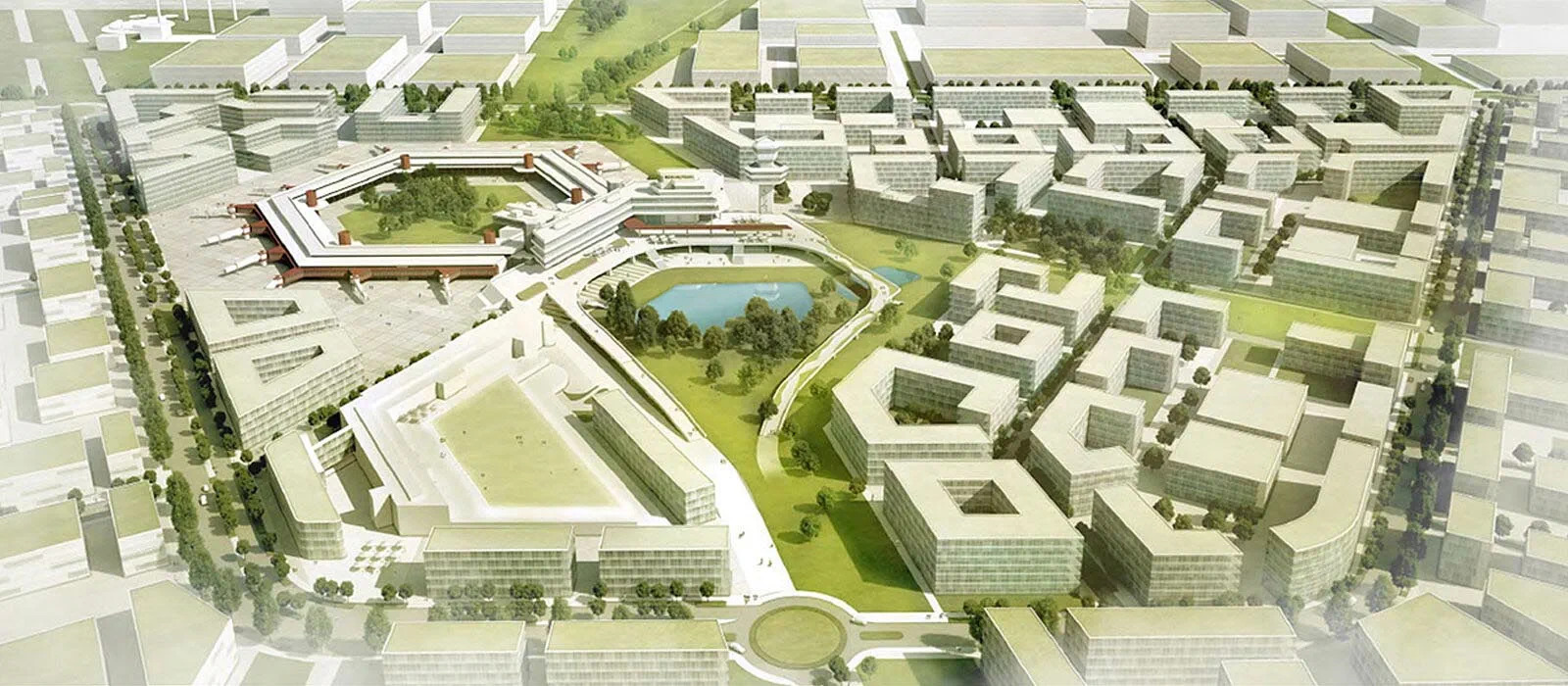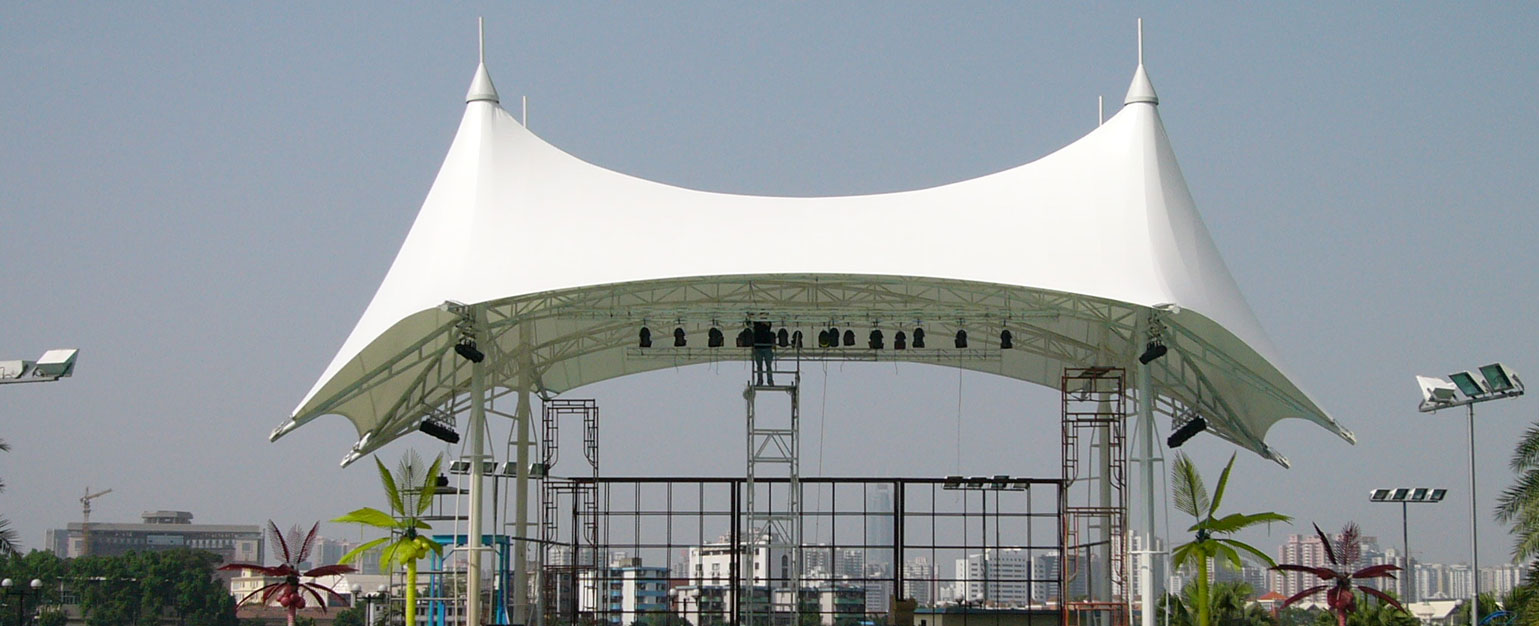SRO+ believe in Sustainable infrastructure and construction
textiles
SRO textiles, which refer to specialized textiles used in
various applications, play a crucial role in urban development,
particularly in promoting sustainable infrastructure and
construction practices. These textiles offer a range of
benefits, including enhanced durability, environmental
sustainability, and improved performance of construction
materials.
Applications of SRO Textiles in Urban Development
Geotextiles:
-
These are permeable fabrics used to improve soil characteristics. They are typically used in civil
engineering projects to separate, filter, reinforce, protect, or drain soil. Common applications
include road construction, embankments, retaining walls, and shoreline protection. Geotextiles help
prevent soil erosion, improve load distribution, and enhance the longevity of infrastructure projects.
Architectural Textiles:
-
These textiles are used in the construction of lightweight structures such as tents, canopies, and
tensioned membrane structures. They offer flexibility in design, are easy to install, and can
withstand various weather conditions. Architectural textiles contribute to energy efficiency by
providing shade and reducing the need for artificial lighting and air conditioning.
Green Roofs and Facades:
-
Textiles are used in green roofing systems to support vegetation, improve insulation, and manage
stormwater. These systems contribute to urban biodiversity, reduce the urban heat island effect, and
improve air quality. Similarly, green facades incorporate textiles to support climbing plants on
building exteriors, enhancing aesthetic appeal and providing natural cooling.
Concrete Reinforcement:
-
Fiber-reinforced textiles are used to strengthen concrete structures, providing additional tensile
strength and improving durability. These textiles help reduce the amount of concrete required, thereby
lowering the overall carbon footprint of construction projects.
Waterproofing and Insulation:
-
Specialized textiles are used for waterproofing and insulating buildings. These materials help
maintain indoor temperatures, reduce energy consumption, and protect structures from water damage,
thereby enhancing the sustainability of urban buildings.
Benefits of SRO Textiles in Sustainable Urban Development
Environmental Sustainability:
-
SRO textiles contribute to sustainability by reducing the need for traditional building materials,
which are often resource-intensive. For example, geotextiles reduce the need for gravel and other
aggregates in road construction.
Energy Efficiency:
-
Architectural textiles and green roofing systems help improve energy efficiency by providing natural
insulation and reducing the need for heating and cooling. This leads to lower energy consumption and
reduced greenhouse gas emissions.
Improved Durability:
-
Textiles used in construction, such as fiber-reinforced concrete, enhance the durability and lifespan
of buildings and infrastructure, leading to fewer repairs and replacements over time.
Versatility and Flexibility:
-
The use of textiles in construction allows for more innovative and flexible design solutions. This can
lead to more aesthetically pleasing and functional urban spaces.


